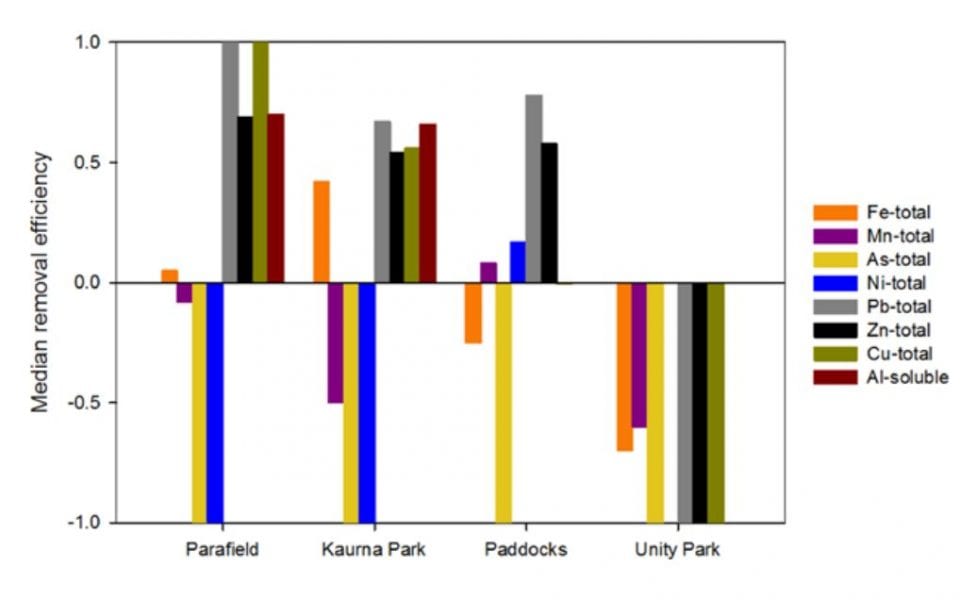In times of more frequently occurring and more extreme weather events water management strategies, including management of urban stormwater, deserve significant attention. The water masses after a storm are usually passed into aquifers, which are natural, underground layers of water-bearing rock. These rocks may also interact with the water while it is stored and can improve the water quality by removing or inactivating contaminants such as pathogens, nutrients, or organic chemicals, including personal care products. Unfortunately, it also works the other way around. Water in an aquifer can itself mobilize trace elements of the rock including metals and metalloids like arsenic, which can have severe influences on organisms. Providing insights into these interacting processes is very challenging.
A recent publication in CLEAN – Soil, Air, Water investigated the fate of metals and metalloids in four limestone aquifers around the City of Salisbury (Adelaide, South Australia), where urban stormwater has been harvested and used for over a decade for non-potable water supply. The analysis of more than a decade of operational data, which is quite unique in the literature, was carried out by Joanne Vanderzalm and her colleagues from the CISRO (Commonwealth Scientific and Industrial Research Organisation). They took a probabilistic approach and gained valuable insights into the chemical processes determining the removal efficiency of metal(loid)s.
The approach successfully quantified the removal efficiency of long-term aquifer storage and recovery operations for metal(loid) species. Therefore limestone aquifers have a high potential for the passive treatment of stormwater. However, due to the many different interacting factors influencing the efficiency a case-by-case analysis has to be carried out and more research (and much more data) is needed in order to acquire a more thorough mechanistic understanding of the processes. Increasing the understanding of the potential for aquifers to improve or degrade water quality during storage will facilitate the use of suitable aquifers to store water and contribute to water security measures.

















